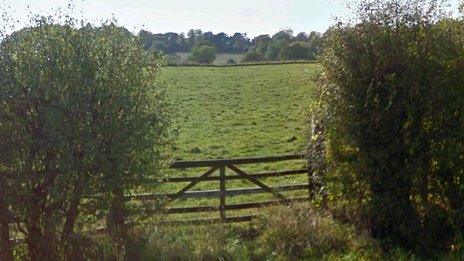Building on greenbelt land has soared over five years
- Published
- comments

The number of new homes being approved on greenbelt land in England has increased five-fold in the last five years, according to figures obtained by the BBC.
In 2009-10 planning permission was granted for 2,258 homes, while in 2014-15 the figure rose to 11,977.
In the last year alone the number of approvals doubled.
The government insists greenbelt development is a matter for local planning authorities.
Green belts were created to prevent urban sprawl, external and stop neighbouring towns merging into one another.
England has 14 green belts, covering 13% of total land, external.
'Exceptional circumstances'
Government policy states that the greenbelt should only be built on in "exceptional circumstances". But local authorities, hard pressed to supply land for development, are turning to green belt sites to try to satisfy housing demand.
Some estimates suggest that 250,000 homes need to be built each year, external to solve the housing crisis in the UK.
Areas feeling the most pressure include Hertfordshire, where the Campaign to Protect Rural England (CPRE) says sites for 34,000 homes have already been proposed, with another 10,000 waiting in the wings.
"We are getting continual statements by government ministers, correspondence from government departments to various bodies like to us saying it is their determination to protect the greenbelt and the wider countryside," said Kevin Fitzgerald from Hertfordshire CPRE.
"But, nevertheless, throughout our county, our planning authorities are coming out with these proposals for quite major development."
Research carried out on behalf of BBC Radio 4's File on 4 programme by Glenigan, a leading provider of construction data, found a sharp increase in the number of houses securing full planning approval in the greenbelt.
In 2009/10, 2,258 homes were approved. In 2013/2014, the number had risen to 5,607. By the following year, 2014/2015, it had more than doubled to 11,977.
Housing and Planning Minister Brandon Lewis told the programme it was up to local authorities to decide the future of their greenbelt:
"Greenbelt is something that has been there to give a strategic protection to those green lungs. We have outlined what local areas need to do if they want to go through a review of their greenbelt.
"It is very much a matter of those local authorities. They are the best placed people locally, democratically accountable locally, to decide where is the right location for any development."
Professor Paul Cheshire from the London School of Economics said the idea of the greenbelt was misunderstood and had nothing to do with the quality of the land:
"You only need a tiny amount of the least environmentally-attractive greenbelt to solve the housing land shortage for generations to come, whereas Areas of Outstanding Natural Beauty and National Parks do provide huge benefit."
'Short-term economic boost'
But File on 4 has found evidence of proposed development even within these highly-protected landscapes.
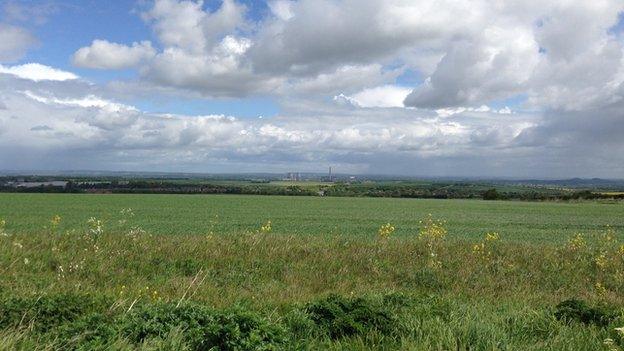
The North Wessex Downs AONB is currently facing proposals for 1,400 homes
The programme has seen a survey of Local Planning Authorities by Natural England which found that 37% had housing allocations in or around Areas of Outstanding Natural Beauty (AONB).
That adds up to 30,000 houses within the boundaries, and another 20,000 just outside.
The North Wessex Downs AONB is currently facing proposals for 1,400 homes around a growing science and innovation campus at Harwell.
Henry Oliver, director of the North Wessex AONB, said these projects could have a huge impact on the rural landscape.
"This has been here for thousands of years. The idea that it's worth trading all this wonderful landscape off against a relatively short-term economic boost is not one that I find acceptable."
In response, Vale of White Horse District Council leader Matthew Barber said economic growth is driving up housing need and the council has to plan accordingly.
"We have a high housing target that we need to meet, and we have judged in this case that includes this site, in the AONB next to a major employment site.
"The alternatives to that, we fear, would be unsustainable additions to other communities elsewhere in the district."
'Public interest'
Elsewhere, Dover District Council has approved planning permission for around 600 dwellings within the Kent Downs AONB.
Hugh Ellis, head of policy at the Town and Country Planning Association, said the growing pressure on protected landscapes is happening because central government is not providing enough leadership, causing the system to fail.
"I think overall planning can be best described as being very broken," he explained. "I don't think there has ever been a point in the post-war era where planning has been as demoralised, as underfunded and lacking in strategic direction as it is now."
However, Housing and Planning Minister Brandon Lewis insists that protection for the countryside is being maintained.
"I think we've got a system now that trusts local people to make those decisions, and the National Planning Policy Framework is actually very clear.
"Great weight should be given to conserving landscapes and Areas of Outstanding Natural Beauty.
"Planning permission should be refused for major developments in these except in exceptional circumstances and where it can be demonstrated that it is in the public interest."
File on 4 is on BBC Radio 4 on Tuesday 9 June at 20:00 BST. Listen online or download the programme podcast.
- Published1 June 2015
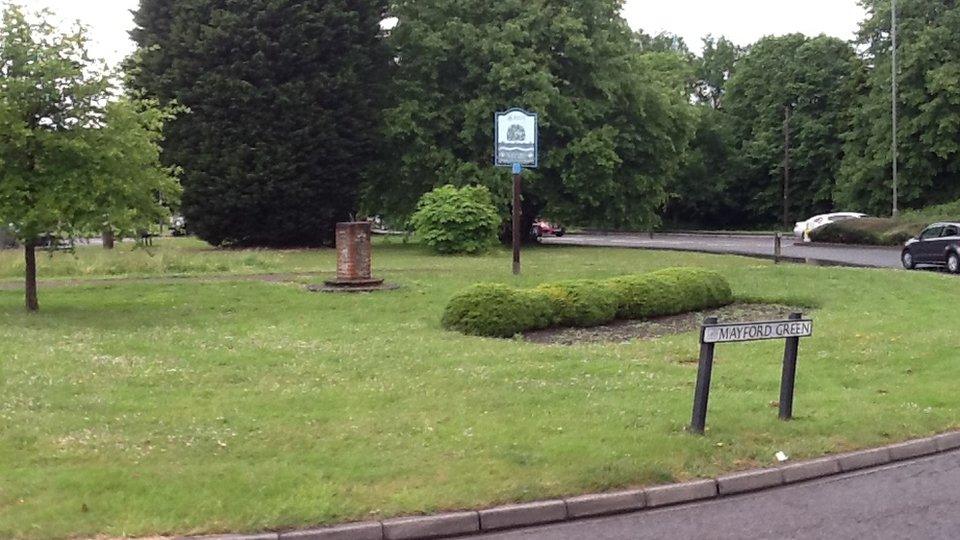
- Published23 April 2015
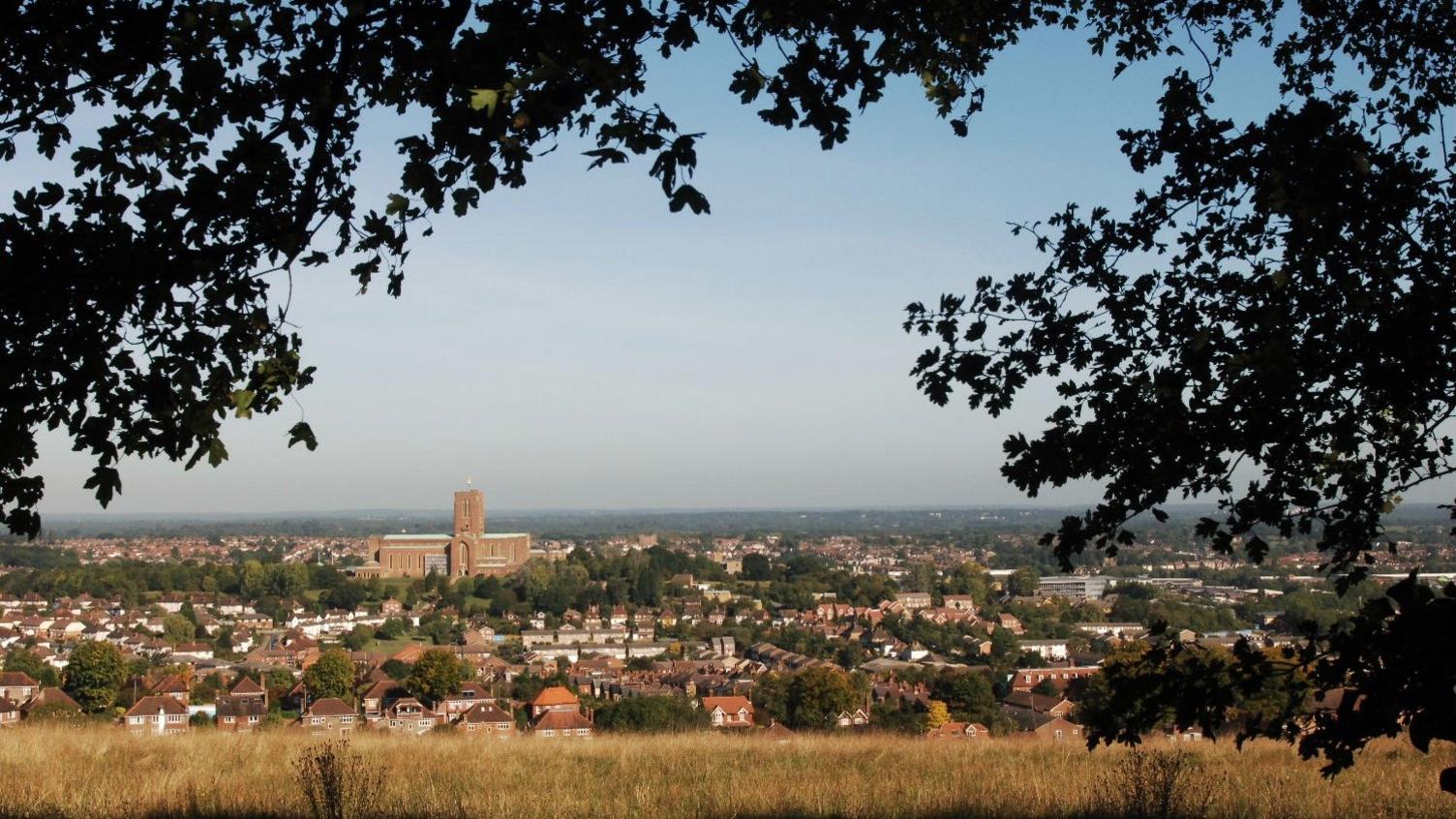
- Published21 March 2015
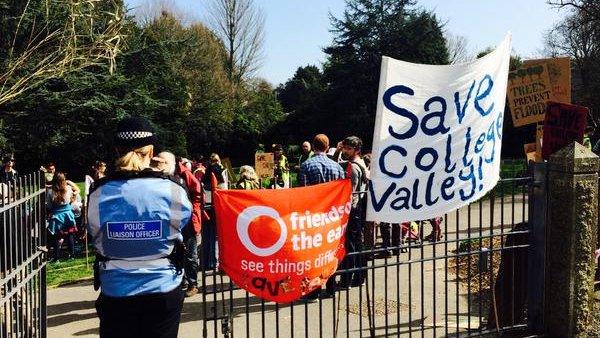
- Published27 February 2015
